Tullow unfazed by impact of crude market turmoil on Uganda assets
But company faces several hurdles including securing production licences and agreement over export route with farm-down partner Total
KAMPALA JANUARY 26-London Stock Exchange listed upstream operator Tullow oil is looking at 2017 as the likely date for a final investment decision for its Ugandan assets despite recent tumble in global prices for crude. Oil prices have climbed down from more than $100 a barrel eighteen months ago to $27 this week.
The company which holds a third of Uganda’s 6.5 billion barrels in proven resources alongside partners Total E&P and the China National Offshore Oil Company CNOOC, says it is working closely with Ugandan authorities to secure production licences, a key to moving Uganda’s oil sector into development.
“Our focus remains on progressing the project towards a potential FID (final investment decision) of the upstream development in 2017,” Tullow Uganda General Manager Jimmy Mugerwa said in response to questions by 256BN.
Tullow and Total insist the Uganda fields are still viable even at sub-$30 prices for crude despite assessments by independent sources who estimate that the Ugandan fields would need a global crude price upwards of $65 for investment in the upstream to be viable. The oil companies’ optimism is based on Uganda’s low discovery costs that now stand at $0.5 per barrel which translates into a rebate of as much as $25 when benchmarked against global averages for finding oil.
Mugerwa adds that while a continual review of capital allocation between projects will be required in the current low oil price environment, large scale development capital will not be required before the FID point although a number of factors, including the oil price, will need to be taken into consideration before the final investment decision is taken.
Furthermore, the low oil price environment comes with the advantage of service cost deflation which could have a favourable influence on the development cost.
“The drop in oil prices will help us achieve lower capital costs for the East Africa development which will improve the long term value of these assets. East Africa is one of the new major oil provinces in the world and demand for oil is only going in upward direction. The East African projects are long-term projects which can cope with short-term fluctuations in the oil price,” Mugerwa says.
It is now more than a year since Tullow submitted Field Development Plans for its share of the fields were submitted to the government but the company is yet to secure production licences. Only one production licence was issued to CNOOC for the Kingfisher field but the Chinese operator cannot proceed alone because Kingfisher forms only a small part of the field development plans.
Tullow says discussions are in progress between the upstream partners and Government regarding conditions for issuance of Production Licences as well as over the crude export pipeline route with the government of Uganda and Tullow’s farm-down partners under the Pipeline Joint Technical Team (JTT) to fulfill the conditions Uganda has set for the northern route.
In an August 8, 2015 bilateral agreement with Kenya, Uganda tentatively agreed to the proposed Hoima- Lokichar- Lamu routing but set stringent conditions precedent among them a demonstration that the proposed route would be the least cost option and security guarantees for the pipeline.
Tullow and Total are ranged on opposite sides over the pipeline routing with Tullow preferring the northern route while Total, concerned about security and cost, prefers the alternative route that would take the pipeline further south to Tanga in northeastern Tanzania. Tullow sees the northern route as essential to improving the economics of its 600 million barrel discovery in north-western Kenya although key information about these fields such as flow rates is yet to be made public.
Uganda has so far confirmed 6.5 billion barrels in reserves but only 1.2 to 1.7 barrels is considered recoverable depending on the extraction technology employed.
Perhaps wary that the deal for joint pipeline development with Uganda might fall through, recent media reports have indicated that Kenya is considering an alternative road and rail transport solution to Mombasa for its crude. Mugerwa declined to comment on these plans.

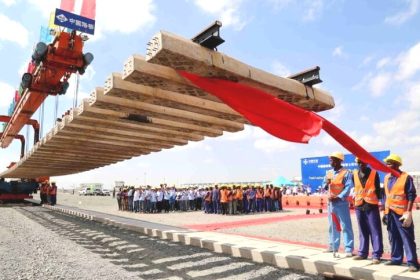 AfDB puts up nearly $700m for Burundi-Tanzania SGR link
AfDB puts up nearly $700m for Burundi-Tanzania SGR link
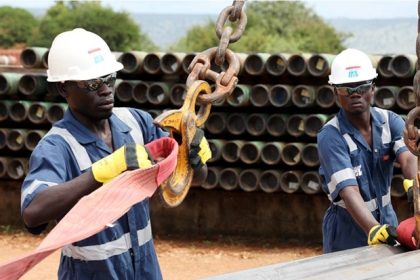 Bank of Uganda keeps base rate at 9.5% to support surge in GDP growth
Bank of Uganda keeps base rate at 9.5% to support surge in GDP growth
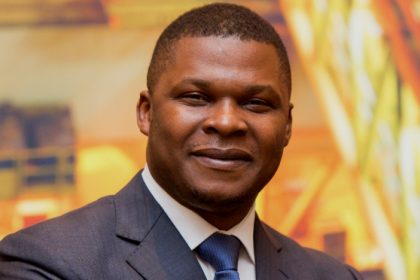 Africans must resist being bulldozed in energy transition timetable debate
Africans must resist being bulldozed in energy transition timetable debate
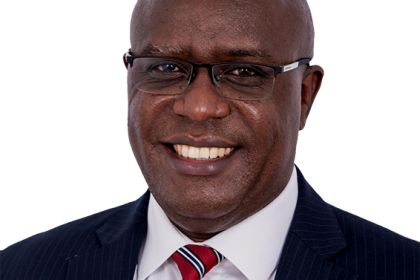 Standard Bank Group appoints new Chief Executive for Uganda Holdings
Standard Bank Group appoints new Chief Executive for Uganda Holdings
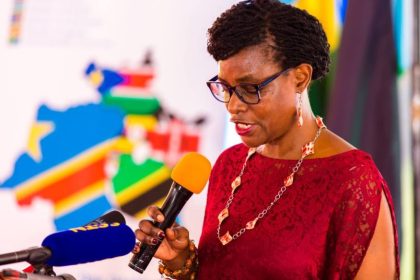 TradeMark Africa introduces new App to limit EAC trade barriers
TradeMark Africa introduces new App to limit EAC trade barriers
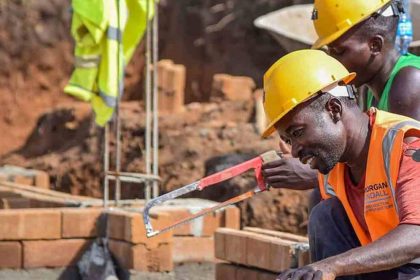 Employer hiring up during November as Stanbic PMI rises to 53.4
Employer hiring up during November as Stanbic PMI rises to 53.4
